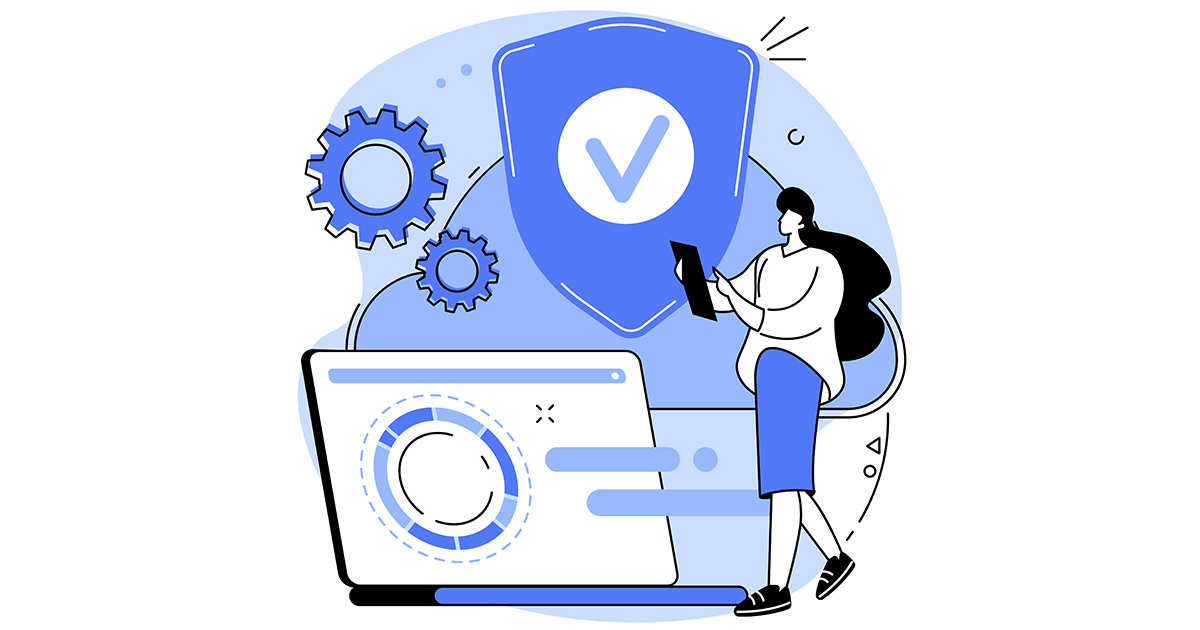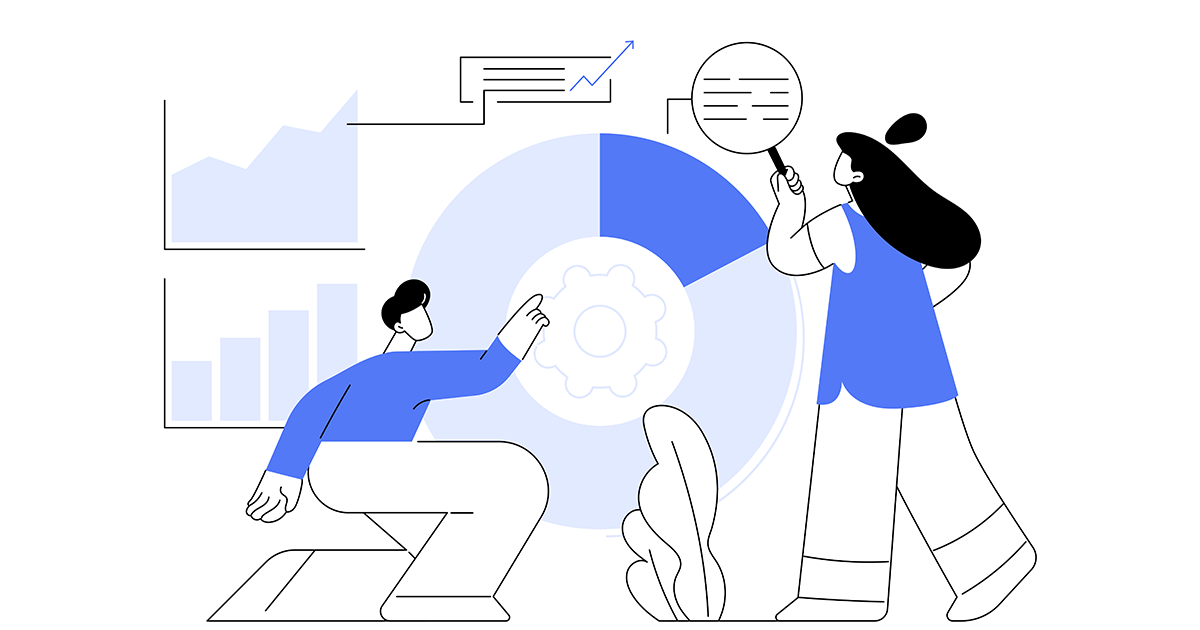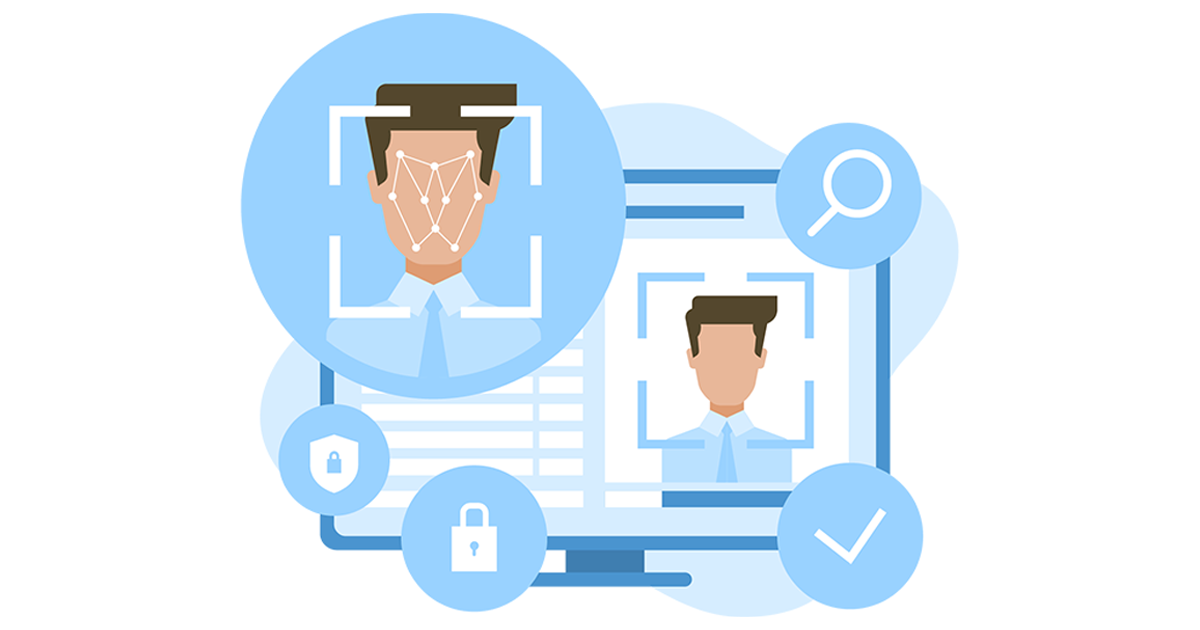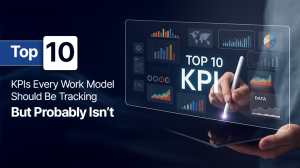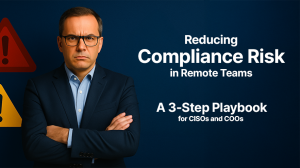Table of Contents
Handling a patient’s sensitive data is a serious responsibility. Whether a healthcare provider, IT service, BPO, or remote workforce fails to protect can lead to legal and financial consequences. You must adhere to the strict compliance rules set by the Health Insurance Portability and Accountability Act (HIPAA).
Many companies still rely on outdated and non-compliant tools, which are more likely to cause audit errors. A minor non-compliance can lead to penalties of up to $50,000 per violation. In recent years, more than 30% of data breaches have been related to healthcare.
HIPAA compliant monitoring software has become a life-saving tool for healthcare, BPO, IT, and medical professionals. It protects sensitive patient data, monitors workforces, and immediately responds to insider breaches. It simplifies audits and offers PI masking to ensure the business meets the compliance standards set by HIPAA.
In this blog, we will help you understand HIPAA protocols and how monitoring software can help businesses, especially the healthcare sector, to protect sensitive data.
What is HIPAA?
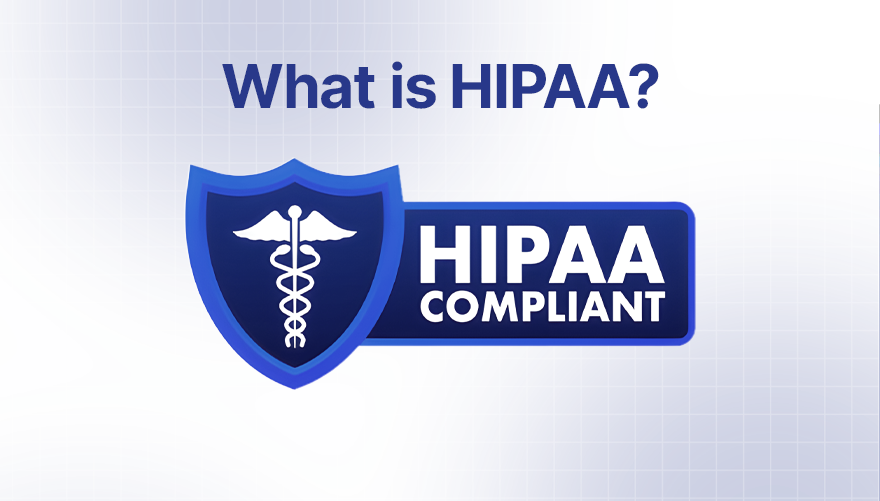
The Health Insurance Portability and Accountability Act (HIPAA) focuses on protecting the confidentiality of sensitive patient health information. HIPAA focuses on handling Protected Health Information (PHI) and contains standards, including the Privacy Rule, Security Rule, and Breach Notification Rule, intended to decrease the risk of data misuse or unauthorized access.
It promotes client trust, reduces the danger of data breaches, and avoids harsh penalties. Without compliance, firms risk legal ramifications, reputational damage, and operational disruptions that can be difficult to recover from.
Why HIPAA Compliance Matters for Businesses
HIPAA compliance applies to more than just hospitals and clinics. Businesses that handle Protected Health Information (PHI) must meet HIPAA requirements if they access, store, or transmit health-related data.
Failure to comply with HIPAA can lead to legal and financial consequences. The Department of Health and Human Services (HHS) enforces strict penalties of up to $50,000 per violation.
Healthcare clients rely on trusted partners to manage sensitive data.

Is your current monitoring tool HIPAA-compliant?
Don’t wait for a data breach to happen. Maximize compliance security with wAnywhere’s AI compliance solutions.
For businesses that support healthcare operations, HIPAA compliance is not just a regulatory box to check. It reflects operational integrity and reduces risk for long-term business relationships.
Key HIPAA Rules Every Healthcare Organization Must Follow
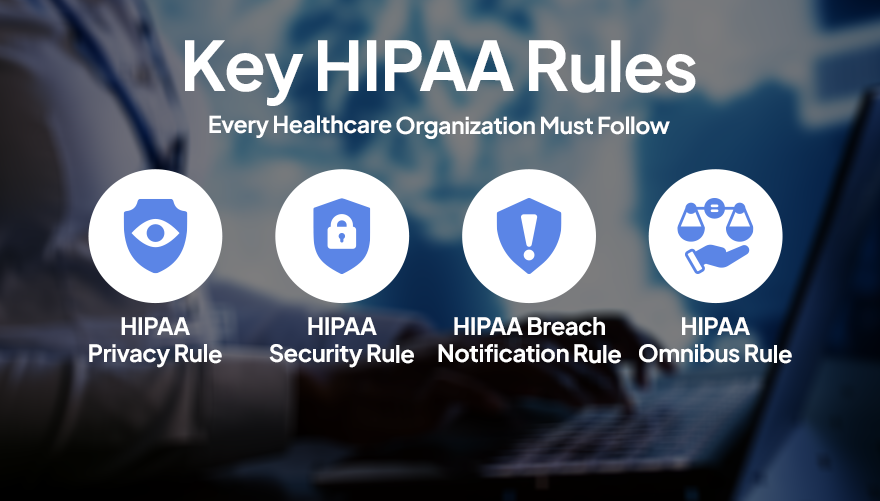
It sets strict compliance standards for healthcare service providers handling and sharing data by insurers and third-party vendors. These key rules are as follows:
1. HIPAA Privacy Rule
The HIPAA Privacy Rule sets standards for how healthcare providers and related organizations handle Protected Health Information (PHI). It focuses on how PHI can be used, disclosed, or shared, ensuring patient data is protected while allowing necessary information for treatment, payment, and healthcare operations. The Privacy Rule applies to both paper and electronic records, emphasizing patient confidentiality in all forms.
2. HIPAA Security Rule
The HIPAA Security Rule requires covered entities and business associates to protect electronic Protected Health Information (ePHI). It establishes standards through administrative, physical, and technical procedures. The Security Rule ensures that ePHI is confidential and accessible only to authorized users. It helps organizations prevent data breaches and cyber threats while maintaining the integrity of electronic health records.
3. HIPAA Breach Notification Rule
It mandates that businesses must notify affected individuals and the U.S. Department of Health and Human Services (HHS). Notifications must be made promptly, generally within 60 days of discovering the breach.
4. HIPAA Omnibus Rule
The HIPAA Omnibus Rule updates and strengthens earlier regulations to enhance privacy and security protections. The rule improves patient rights by limiting the use of genetic information and enhancing control over marketing and fundraising communications. The Omnibus Rule reinforces accountability throughout the healthcare supply chain, ensuring all parties involved in handling PHI maintain strong safeguards and comply with HIPAA standards.
Read More: How to Prevent Data Breach in Healthcare: A 2025 Guide for CISOs
How HIPAA Compliant Monitoring Software Helps
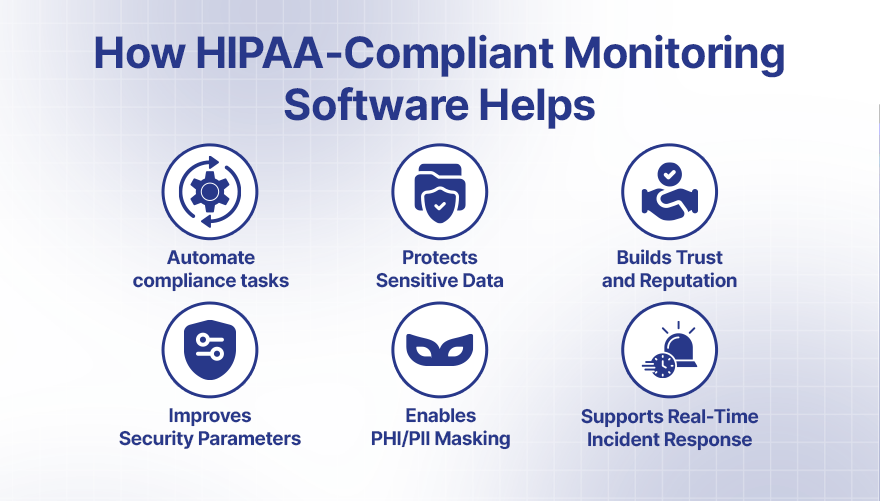
1. Automate compliance Tasks
It continuously tracks user actions involving Protected Health Information (PHI), identifying any behavior that doesn’t align with HIPAA rules. This software generates detailed audit logs, making it easier for organizations to prepare compliance audits without manual labor. It helps maintain HIPAA compliance efficiently, minimizing the risk of costly penalties and data breaches.
2. Protects Sensitive Data
It secures data using industry-standard protocols, such as SSL (Secure Socket Layer) and HTTPS (Hypertext Transfer Protocol Secure). It also prevents unauthorized access to PHI and PII. The software also ensures that stored data is encrypted, reducing the risk of exposure to internal or external threats. This robust protection is essential for meeting HIPAA’s Security Rule requirements and reducing the chance of data breaches.
Read more: How To Prevent Data Breaches In Healthcare
3. Builds Trust and Reputation
Implementing HIPAA compliant monitoring software shows clients and partners that your business prioritizes data privacy and security. Clients handling sensitive patient information prefer working with vendors who can prove they meet regulatory standards. This trust translates into stronger business relationships, repeat contracts, and positive referrals. Additionally, avoiding breaches and fines protects your company from public scrutiny and negative publicity.
4. Improves Security Parameters
HIPAA-compliant software enhances overall security by offering features tailored to protect PHI and PII. It supports role-based access controls, ensuring that employees only access data necessary for their roles, reducing insider risk.
It sends behavioral alerts to notify security teams of unusual patterns, such as excessive data downloads or access attempts outside working hours. By strengthening administrative, physical, and technical safeguards, the software aligns with HIPAA’s Security Rules.

Secure PHI. Stay Compliant. Build Trust.
Discover how wAnywhere simplifies HIPAA compliance with real-time monitoring, PHI masking, and automated audits.
5. Enables PHI/PII Masking
It can automatically mask or redact Protected Health Information (PHI) and Personally Identifiable Information (PII) in system logs, reports, and user interfaces. It protects patient privacy while still allowing compliance teams to review system activity.
It also minimizes the risk that employees or third parties viewing reports will access unnecessary personal information. PHI/PII masking supports privacy requirements under HIPAA’s Privacy Rule and helps organizations maintain strict control over sensitive data, especially during audits or investigations.
6. Supports Real-Time Incident Response
The software enables real-time detection of security incidents by continuously monitoring systems and user behavior for signs of potential breaches or unauthorized access. Real-time alerts notify IT and security teams immediately when suspicious activity is detected, allowing rapid investigation and containment.
The software also supports automated response actions, such as blocking access or isolating affected systems.
How to Choose a Reliable HIPAA-compliant Monitoring Software
Choosing the right monitoring software is crucial for protecting sensitive health data and ensuring regulatory compliance.
- Make sure that the software supports HIPAA’s core rules, including data encryption, access controls, and audit logging.
- Look for trackers that automate compliance tasks, such as tracking user activities and generating detailed reports.
- Consider the software’s ability to mask PHI and PII in logs and reports to maintain privacy.
- It must seamlessly integrate with existing software.
- Vendor reputation and customer support are important; always choose providers with proven experience in healthcare data security.
Prioritizing these factors will help you select monitoring software that protects patient data, reduces risks, and supports ongoing HIPAA compliance.
Conclusion
Ensuring HIPAA compliance is critical for any organization that handles sensitive healthcare data. Advanced HIPAA compliant monitoring software goes beyond basic requirements, offering automation of compliance tasks, robust security features, and real-time incident detection to prevent costly breaches. It also helps build trust with healthcare clients by demonstrating a serious commitment to data encryption.
wAnywhere’s AI-powered HIPAA compliant monitoring software is a one-stop solution for healthcare BPOs and every other industry that handles PHI and PII daily. Using our easy-to-use software, you can detect compliance risks in real-time and automate the initial level of incident response, so you have enough time to take proactive measures.
wAnywhere helps compliance-focused leaders like CIO, CISOs, and compliance risk officers to save time and resources by automating compliance monitoring, audit reports, and incident management—making it simple for organizations to comply with HIPAA. It allows you to get proof of work and track your employees’ activities in real time to spot inefficiencies and behaviors during work.
It also provides role-based access controls, behavioral alerts, and endpoint monitoring to improve security while minimizing insider threats.
By choosing wAnywhere, healthcare-related businesses simplify HIPAA compliance and strengthen overall data security, allowing them to focus on their core operations without worry.
Read more: What Is Security Audit?

Take Control of Your HIPAA Compliance Today
Empower your security and compliance teams with AI-powered monitoring that adapts to your workflows effortlessly.


